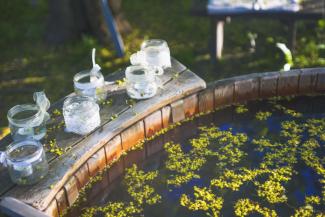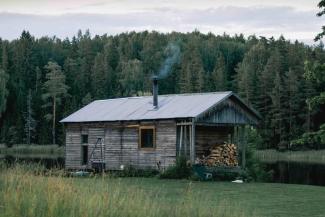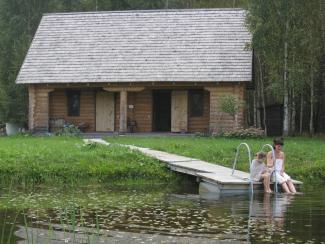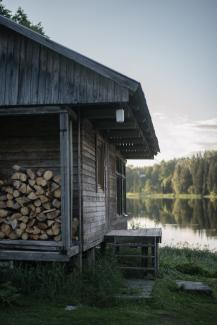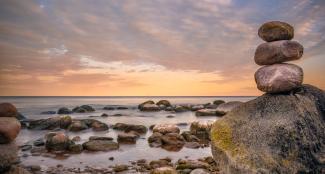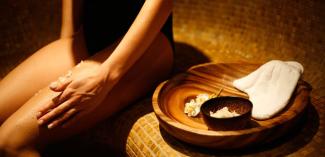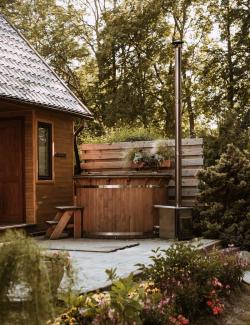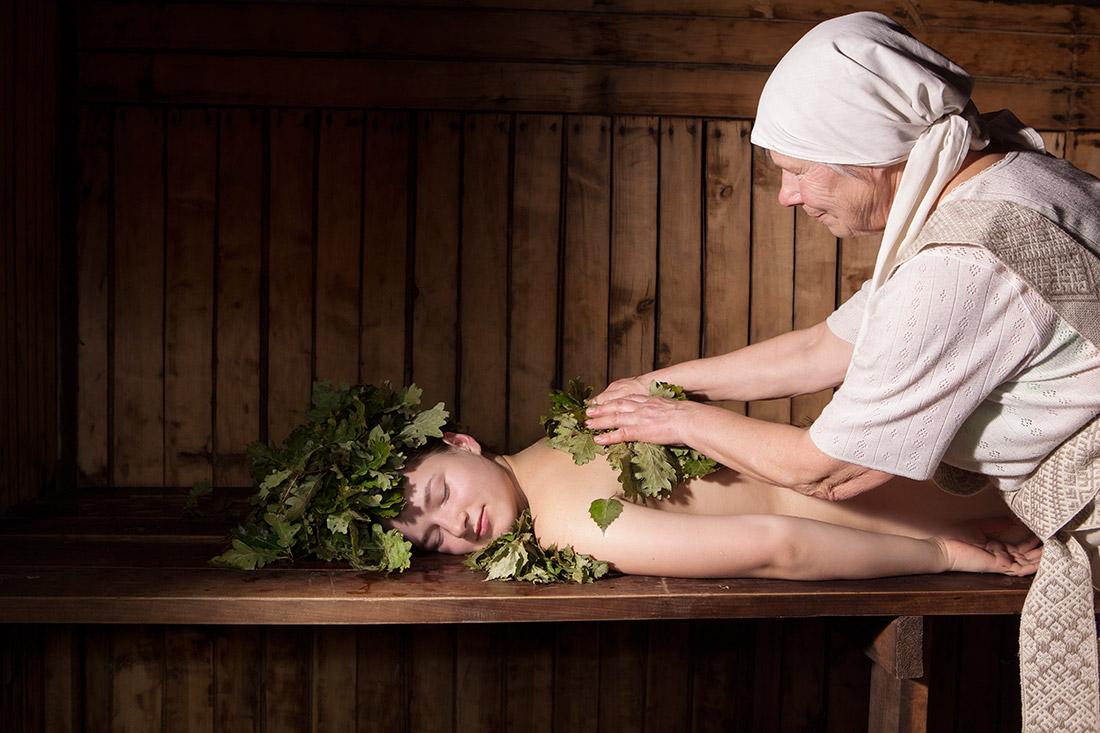
Sauna culture in Latvia
The sauna or bathhouse tradition in Latvia is deeply seated – already in the 19th century there was a bathhouse on every farmstead. Although nowadays sauna is no longer the only place to wash oneself, as every household has hot running...
